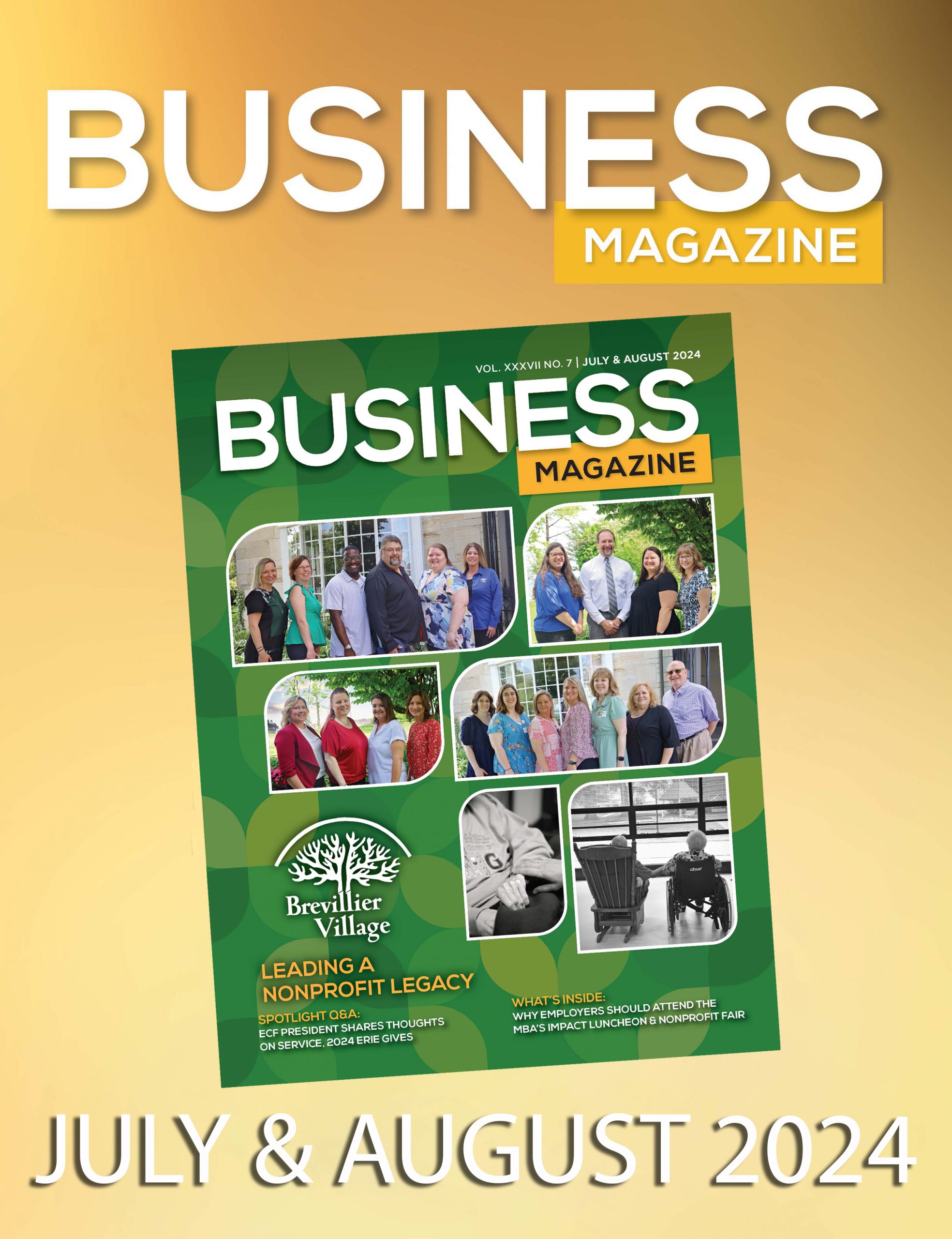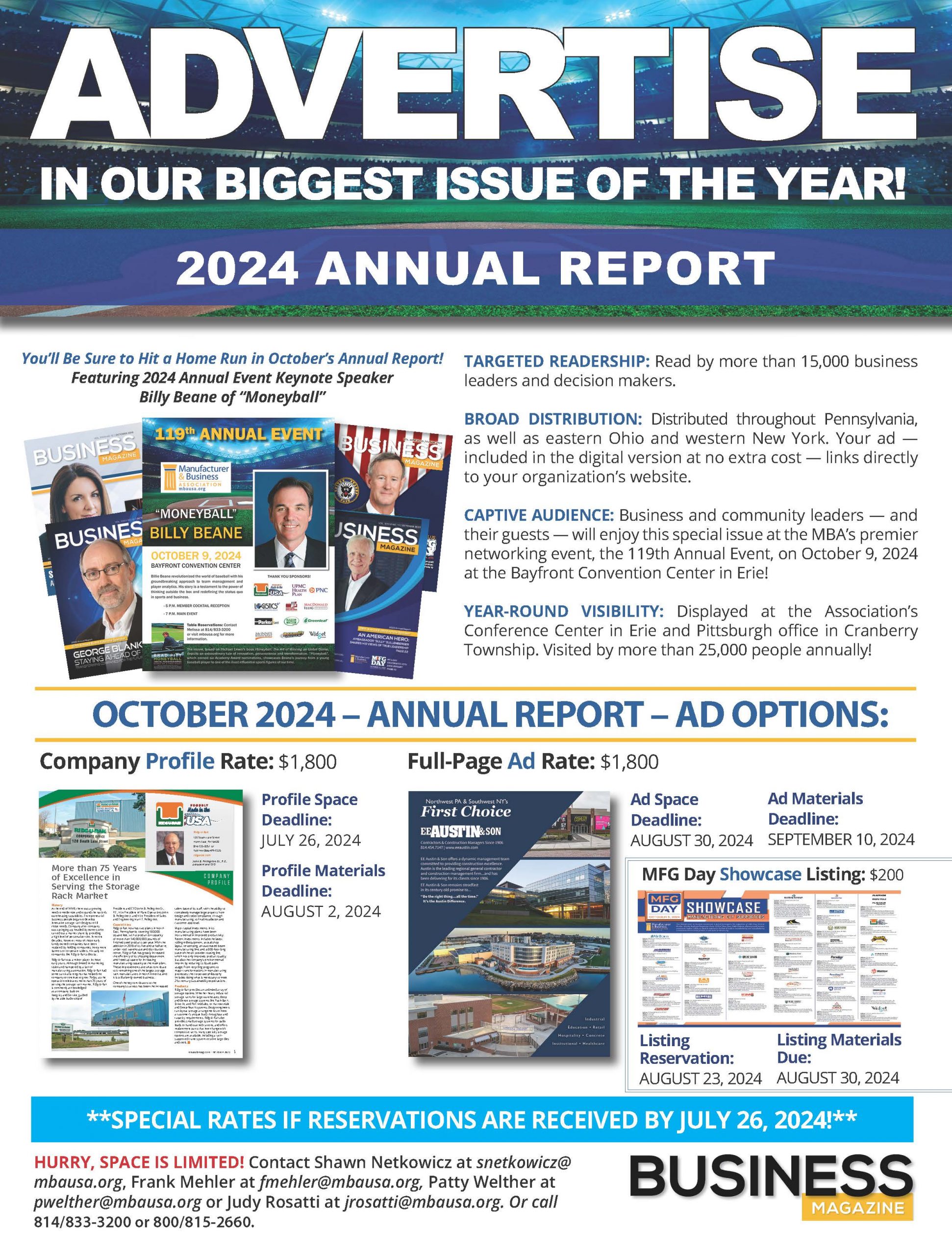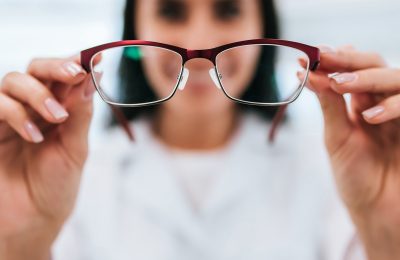A return-to-work (RTW) plan is a tool for managers to proactively help ill or injured employees return to productive employment in a timely and safe manner. Below are some helpful tips to consider using at your operation:
Review job descriptions of other positions. Think about the less physically demanding elements of each position within your company. Ask other managers or supervisors if they have any “extra” work that needs to be done. Sure, re-organizing the toolboxes on the trucks would help, but who has the time? Answer: Your injured employee! Yes, having well-stocked first aid kits in every vehicle would be a nicety, but who has the time? Answer: Your injured employee! Keep this list in the same place you keep your workers’ comp (WC) insurance information — there’s no need to reinvent the wheel the next time you experience a lost time claim.
Ask the injured worker. It is astonishing how many employers don’t involve the injured worker in the RTW conversation. I bet there are at least 10 things that you do, weekly, if not daily, that fall into the “other duties as assigned” category of your job description. Most likely, your boss doesn’t even realize they’re being done, but would sure notice if they weren’t. The point is, the injured worker knows their job better than anyone else and if asked, they could probably identify a handful of things they could do.
Offer a few hours of cross-training. Consider any type of cross-training opportunities. Could they learn to answer the phones? Make follow-up customer satisfaction calls? Even if it takes 10 hours to train someone, it could yield weeks of valuable, meaningful, productive modified duty. This could also free up some of your other team members to get to more pressing issues.
Use a work injury as an opportunity to improve safety. Consider having an injured worker review safety materials, watch safety videos for your industry, or even conduct a “tool box talk” that will help prevent future injuries. When the message is coming from an injured worker, it carries greater weight. This shouldn’t be punitive, but it should be viewed as an opportunity to increase safety culture, to learn from a negative event, and to accommodate restrictions.












